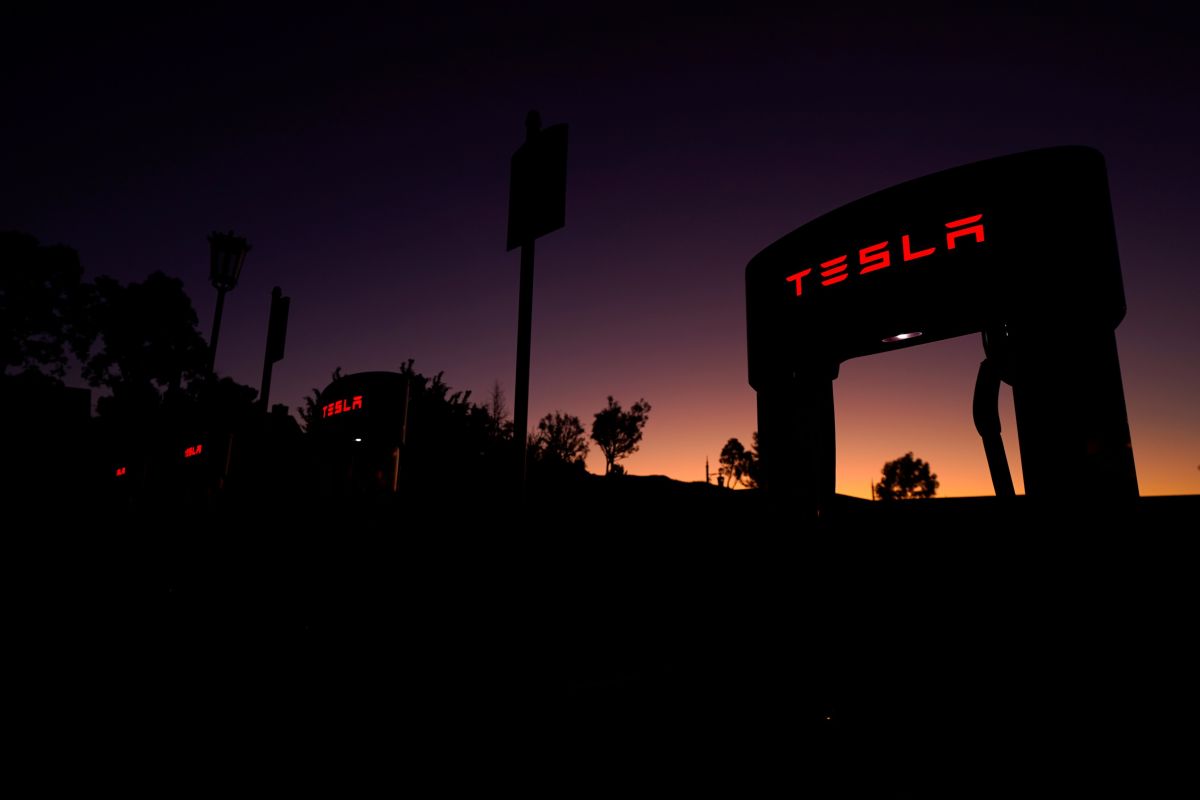The state of California continues to be the best caricature of what happens when stupid people are in charge of governing.
While the state continues to go through brown-outs and black-outs because it can’t properly manage its own electricity infrastructure, electric vehicle owners are being asked to avoid charging their cars during periods of high energy use.
At the same time, California has a fairly new law on the books banning the sale of gasoline-powered cars in the state by 2035. How do these square with each other if the state, with the current number of electric vehicles, can’t handle the drain on its energy grid but expects to force drivers into all-electric in a decade?
While the state refuses to build new energy plants despite on ever-increasing need, the latest ordeal has become a circus sideshow for why it’s impossible to simply mandate electric vehicles on the current power grid:
Californians may need to take measures to conserve energy, including by avoiding charging electric vehicles, to prevent strain to the state’s power grid over the Labor Day weekend, officials said—a week after state regulators voted on a plan to ban the sale of gasoline-powered cars.
The new policy, approved by the California Air Resources Board, will require all new cars sold in California to be free of greenhouse gas emissions by 2035 as part of an effort to fight climate change.
But with a heat wave forecast for the coming days, California’s grid operator on Tuesday warned that the excessive heat would stress the energy grid and conservation may be needed over the holiday weekend to avert power outages.
The California Independent System Operator said it issued an order restricting maintenance operations from August 31 through September 6 to ensure that all generators and transmission lines are in service.
Defends of the state’s policy to ban gas-powered cars will point out that the 2030s are many years off and, by that time, more windmills and unicorns can be erected to help with the state’s power problems.
That line of thinking has a few problems but perhaps the biggest issue is that the state has so mismanaged its own power grid that it would take at least that time to build the necessary energy infrastructure while populations grow and more electric cars take to the road.
For some reason, too many people think that electric vehicles simply run on magic or pixie dust. They think that electricity just comes out of the wires for free and doesn’t need to be generated from coal, natural gas, hydroelectric, nuclear, or other sources like wind and solar.
The energy to charge millions of new electric vehicles can’t just be wished into fulfillment, it’ll take decades of building and planning to make it feasible but California will go ahead and push forward anyway.
The end result is that it seems unlikely within a decade California will succeed in reducing gas-powered cars by over 68%, the metric to hit by 2030, with the goal of going all-electric by 2035.
Don’t get me wrong, Elon Musk is making some nice cars and has proved that the free market, making a product like Tesla that people actually want to buy, produces more incentive than any government program to own an electric vehicle. The issue is that it’s not for everyone and certainly not for every geographic area or situation. It’s not a one-size-fits-all thing to ban gas-powered vehicles.
While California Democrats have mismanaged the single-party-rule state for decades, it’s providing a great lesson for other states in learning what not to do.
In that regard, thank you, California, for providing a “this is your brain on drugs” equivalent of an afternoon TV special for states interested in sane governance.
Donate Now to Support Election Central
- Help defend independent journalism
- Directly support this website and our efforts
